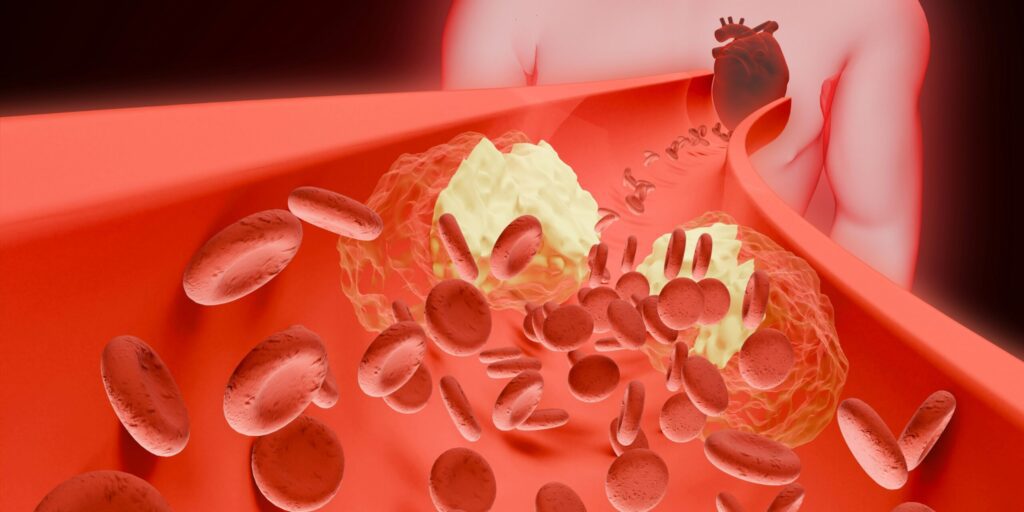In a promising advancement for nutritional science and integrative medicine, researchers in the United States have developed a novel iron supplement designed to treat iron-deficiency anemia while minimizing the digestive side effects often associated with traditional therapies. Published on October 20, 2025, the preclinical study introduced a “three-in-one” formulation that combines iron with a probiotic and a prebiotic, aiming to restore healthy hemoglobin levels without triggering gastrointestinal irritation or disrupting the gut microbiome.
Iron-deficiency anemia is one of the most common nutritional disorders worldwide, affecting billions and leading to symptoms like fatigue, weakness, and poor cognitive performance. Iron supplements are widely prescribed to treat the condition, yet many patients struggle with side effects such as constipation, abdominal pain, and inflammation. These issues often stem from the fact that unabsorbed iron accumulates in the gastrointestinal tract, where it can disrupt the delicate balance of gut flora and irritate the intestinal lining.
The new formulation addresses this longstanding problem by pairing iron with a beneficial probiotic strain—Lactobacillus rhamnosus—and a millet-based prebiotic fiber. In animal trials, this combination appeared to work synergistically to improve iron absorption, reduce inflammatory responses in the colon, and enhance the overall composition of the gut microbiome. Mice with induced anemia who received the supplement showed restored hemoglobin levels within two weeks and exhibited fewer signs of intestinal distress compared to those treated with conventional iron supplements.
Equally notable was the way the supplement influenced gene expression. The treated mice demonstrated increased activity in genes responsible for iron transport and metabolic regulation, suggesting that the body was utilizing the iron more efficiently. This biologically integrated approach could represent a significant shift in how nutritional deficiencies are addressed, blending therapeutic efficacy with microbiome preservation.
While these results are currently limited to animal models, the implications for human health could be profound. If clinical trials in humans replicate these outcomes, the supplement could offer a safer and more tolerable option for people who cannot easily digest standard iron pills. Populations that may benefit especially include pregnant women, patients with gastrointestinal conditions such as irritable bowel syndrome or inflammatory bowel disease, and individuals already using probiotics for other health concerns.
The research team emphasized that while the formulation is still undergoing testing, its safety profile in early experiments was encouraging. Human cell lines used in preliminary biocompatibility assessments showed no toxic responses, and the use of familiar, food-derived probiotic and prebiotic components adds an additional layer of safety and familiarity to the formulation. The team is now preparing for the next phase of research, which will involve human clinical trials to evaluate dosage, efficacy, tolerability, and long-term outcomes.
This development aligns with a growing trend in biomedical research that favors holistic, systems-oriented treatments over isolated or narrowly focused therapies. Instead of treating iron deficiency as a standalone problem, the new supplement recognizes that gut health plays a central role in nutrient absorption, immune function, and overall wellness. By supporting both the microbiome and hemoglobin restoration simultaneously, it offers a model for how future nutritional interventions might be designed.
Meanwhile, the scientific community continues to explore other novel therapies that integrate biological compatibility with clinical impact. In parallel research announced around the same time, scientists reported on a new light-activated cancer treatment using tin nanoflakes and LED light, capable of eradicating over 90 percent of skin cancer cells in preliminary tests. Though still in early development, such innovations point to a broader shift in health science—one where the body’s natural systems are engaged as partners in healing rather than obstacles to be managed.
In the case of iron-deficiency anemia, a condition that can severely impact quality of life yet often goes undertreated due to medication side effects, this iron-probiotic-prebiotic formulation may offer a much-needed alternative. While its arrival on pharmacy shelves is still some time away, the foundational research presents a hopeful path forward. As healthcare continues to move toward personalization and patient-centered design, interventions that consider both efficacy and tolerability are likely to become the gold standard.


